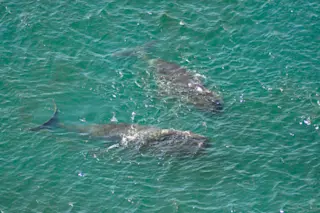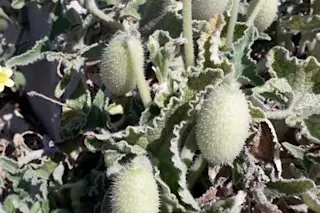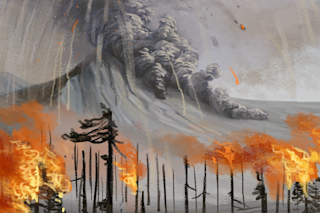Deforestation in the Amazon has long been the poster child of man-made environmental destruction. But recent trends reveal that the changing climate will likely come for this beloved rainforest long before the last tree is cut down. One researcher has even put a date on his prediction for the Amazon’s impending death: 2064. That’s the year the Amazon rainforest will be completely wiped out.
Dramatic? Yes. “I’m a doom-sayer,” admits Robert Walker, a quantitative geographer at the University of Florida’s Center for Latin American Studies, who came up with the 2064 prediction. “I don’t want to be Chicken Little, telling you that the sky is falling, but the numbers speak for themselves,” he says.
Walker has been studying the Amazon for decades. To come up with this new prediction, he compiled figures from recent studies that have quantified aspects of the changing forest like drought frequency, fire frequency, deforestation and ...














